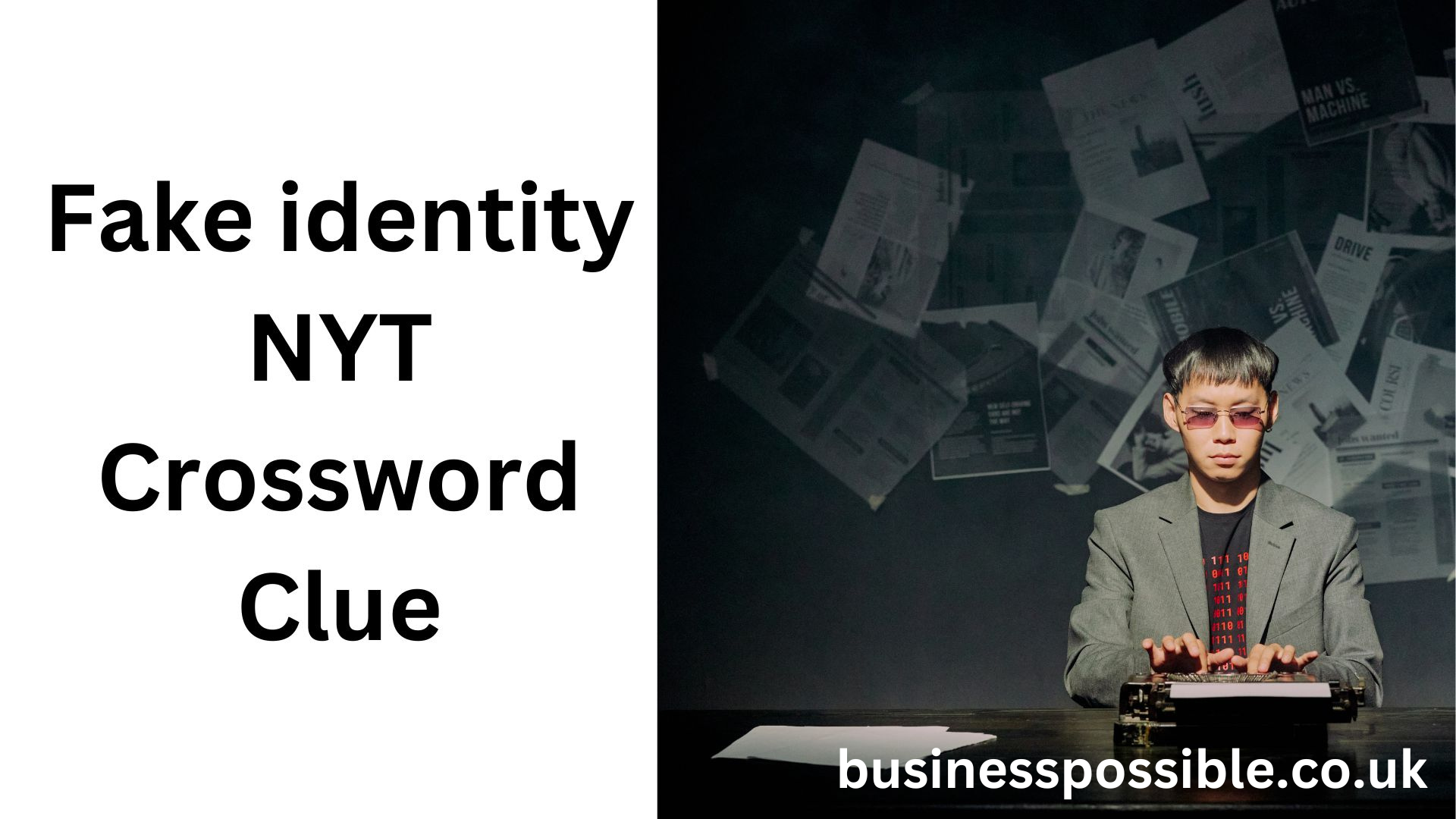Introduction
Fake identities have become a significant issue in today’s digital and interconnected world. Whether through forged documents or online personas, the creation and use of fake identities impact various aspects of society. This article explores the concept of fake identities, drawing insights from The New York Times (NYT) to understand their implications and the measures in place to combat them.
Understanding Fake Identities
A fake identity involves using misleading or fraudulent information to assume a different persona. This can range from fake identification documents and social media profiles to elaborate false identities created for malicious purposes. Understanding these identities requires distinguishing between harmless uses, such as anonymity, and harmful uses, such as fraud.
The Rise of Fake Identities in the Digital Age
The proliferation of the internet and social media has made it easier for individuals to create and maintain fake identities. From online dating scams to financial fraud, the reasons behind creating fake identities are varied and often driven by a desire for privacy, deception, or illegal gain. The digital age has amplified both the opportunities and risks associated with fake identities.
Case Studies from The New York Times
The New York Times has reported extensively on fake identities, offering valuable insights into their use and impact. Notable articles have covered topics ranging from identity theft and online fraud to high-profile cases of individuals living under assumed identities. These reports highlight the complex nature of fake identities and the challenges in addressing them.
The Legal Implications of Fake Identities
Creating or using fake identities often involves legal consequences. Laws vary by jurisdiction, but common legal issues include identity theft, fraud, and misrepresentation. Individuals caught using fake identities can face criminal charges, fines, and imprisonment, reflecting the serious nature of this offense.
Psychological and Social Impacts
The adoption of a fake identity can have significant psychological and social effects. Individuals might use fake identities to escape personal problems, enhance self-image, or manipulate others. This behavior can strain personal relationships and lead to social isolation or mistrust. Understanding these impacts is crucial for addressing the root causes of fake identity use.
Fake Identities in Crime and Fraud
Fake identities are frequently used in criminal activities, including financial fraud, identity theft, and scams. High-profile cases have demonstrated how fake identities can facilitate illegal activities, highlighting the need for robust detection and prevention measures. Examples from NYT articles illustrate the breadth and severity of crimes involving fake identities.
The Role of Technology in Combating Fake Identities
Advancements in technology play a critical role in detecting and preventing fake identities. Tools such as biometric verification, AI-driven fraud detection systems, and secure digital identification methods are increasingly employed to safeguard against identity fraud. Innovations in this field are essential for staying ahead of those who exploit fake identities for illicit purposes.
The New York Times’ Perspective on Fake Identities
NYT provides comprehensive coverage of fake identities, focusing on both the personal and societal implications. The paper’s reporting includes investigative pieces, expert opinions, and analysis of emerging trends. NYT’s role in raising awareness and informing the public about the risks and realities of fake identities is invaluable.
Ethical Considerations
The use of fake identities raises several ethical concerns, including privacy issues, the potential for abuse, and the impact on trust and security. Balancing the need for privacy with the need for security is a critical consideration for individuals, organizations, and policymakers.
Preventing the Misuse of Fake Identities
Preventing the misuse of fake identities involves a combination of strategies and best practices. Individuals should be vigilant about sharing personal information, while organizations can implement robust verification processes and educate employees about security protocols. Prevention also includes fostering a culture of transparency and accountability.
The Future of Identity Verification
The future of identity verification is likely to be shaped by continued advancements in technology. Emerging trends include the use of blockchain for secure identity management, the integration of biometric data, and enhanced AI capabilities. These innovations aim to address the challenges posed by fake identities and improve verification processes.
Public Awareness and Education
Educating the public about fake identities and their risks is essential for prevention and mitigation. NYT plays a significant role in public awareness through its reporting and educational initiatives. Increasing awareness helps individuals recognize and respond to potential threats related to fake identities.
Conclusion
Fake identities represent a complex challenge in today’s digital world. By examining insights from The New York Times, we gain a deeper understanding of the nature, implications, and management of fake identities. Addressing this issue requires a multifaceted approach, including legal measures, technological solutions, and public education.
FAQs
What is a fake identity?
A fake identity involves using false or misleading information to assume a different persona, often for fraudulent or deceptive purposes.
How does The New York Times cover fake identities?
NYT reports on fake identities through investigative journalism, analyzing their use in crime, fraud, and online activities, and offering insights into their impact.
What are the legal consequences of using a fake identity?
Legal consequences can include criminal charges, fines, and imprisonment, depending on the jurisdiction and the nature of the offense.
How can technology help in combating fake identities?
Technology aids in detecting and preventing fake identities through biometric verification, AI-driven fraud detection, and secure digital identification methods.
What are some strategies to prevent the misuse of fake identities?
Strategies include being cautious with personal information, implementing robust verification processes, and educating individuals and organizations about security practices.
